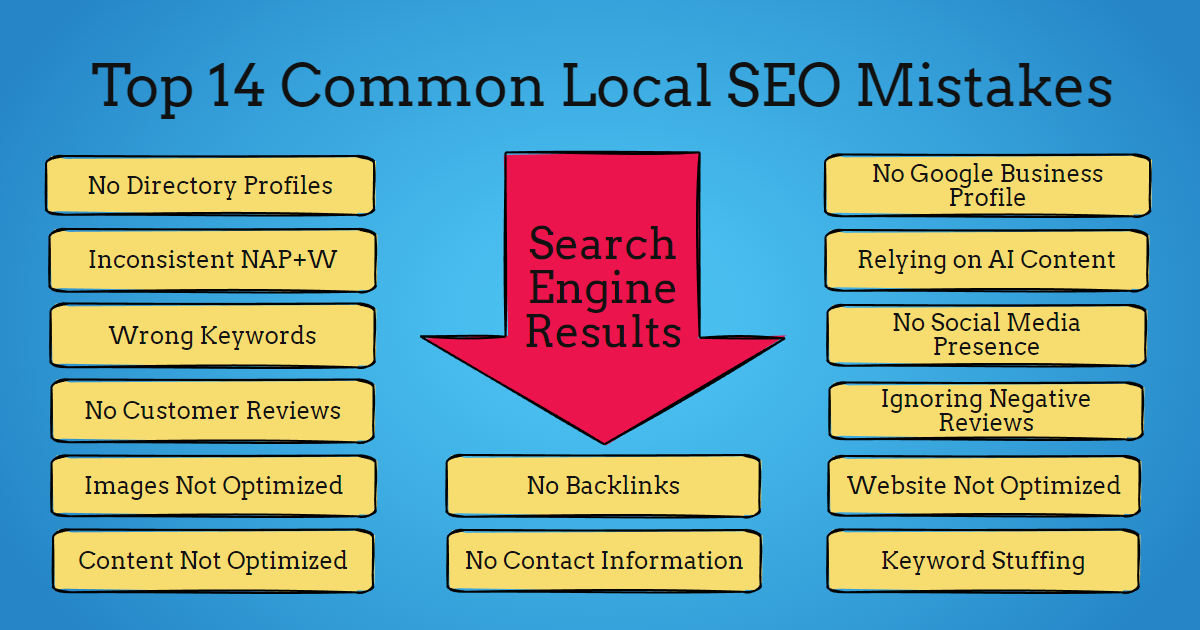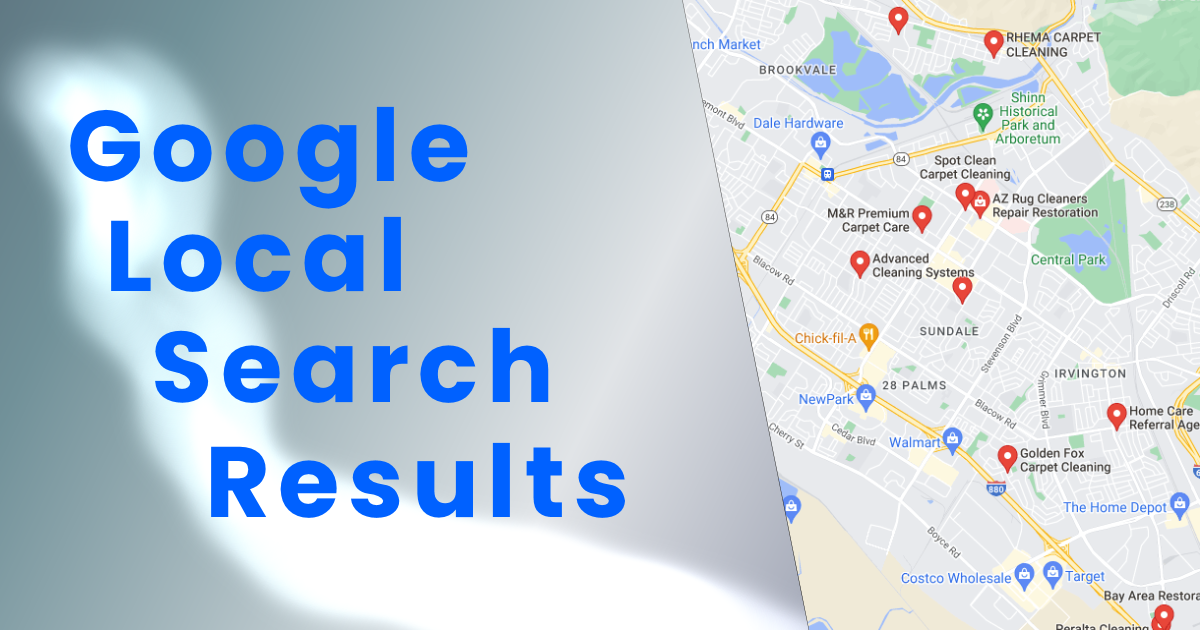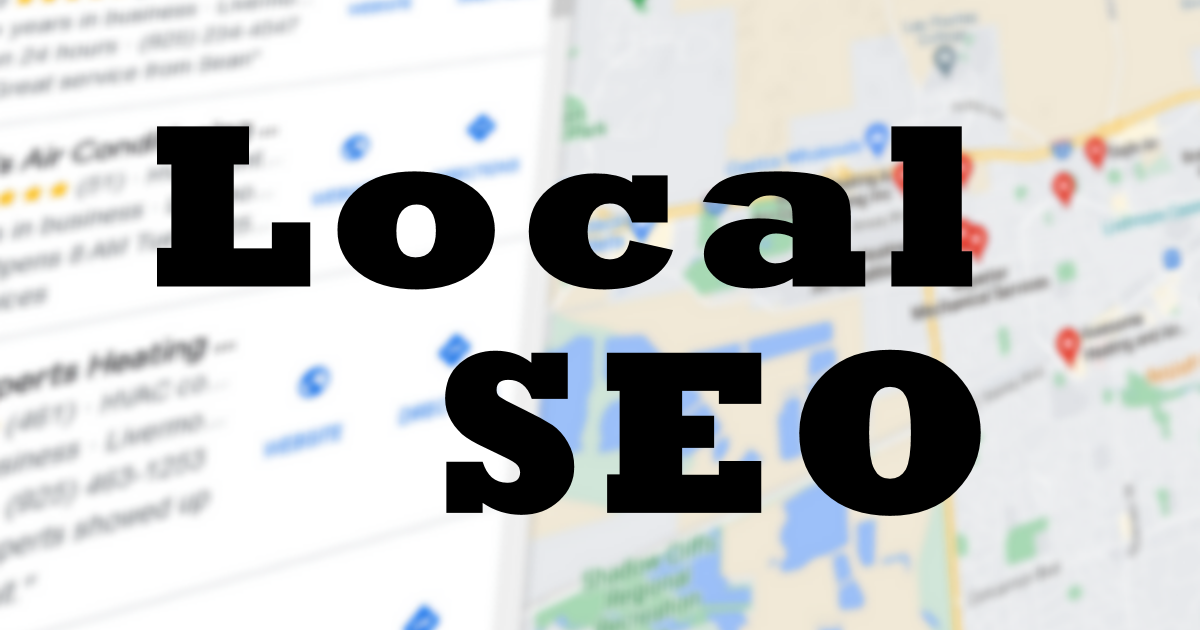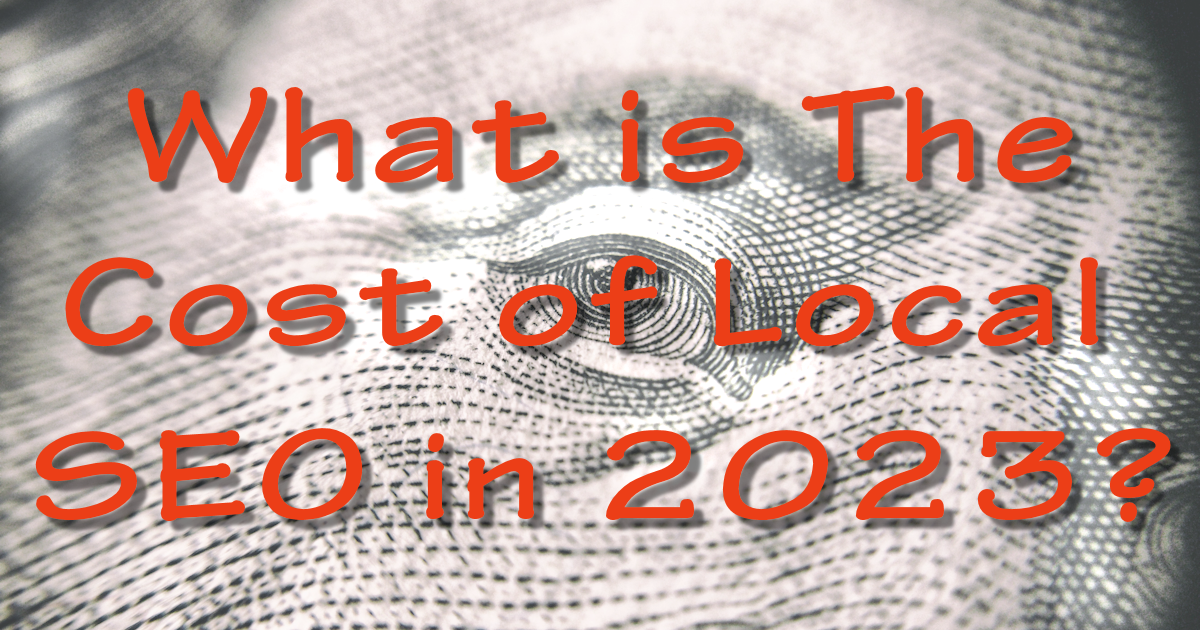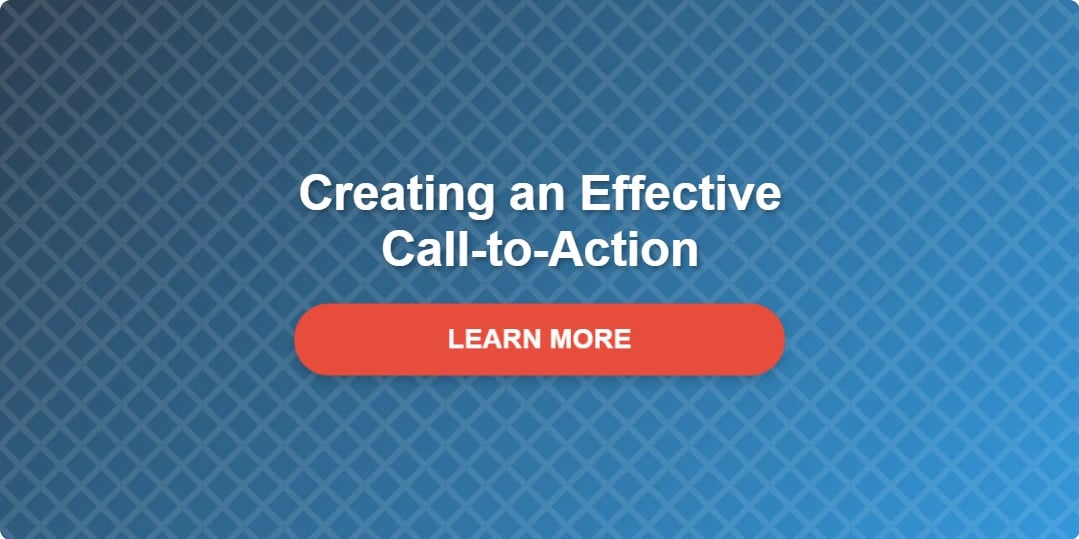This is the sixth article in the series: “Unlock the Door to New Customers with Local SEO“.
Despite every effort you make to implement your local SEO strategy, there are several common mistakes most beginners can easily make. Most of these can be extremely detrimental to the success of your SEO strategy.
The reality is in today’s world there really is only one customer you need to cater to when building your Local SEO strategy. It’s not your target client as most people think. It’s Google.
Google wants to deliver the best content they can to their customers. It is not only your website which influences your results, but your entire web presence. To achieve top results, you must take a holistic approach to your local SEO strategy and avoid the top 14 common local SEO mistakes.
1. No Google Business Profile
By far the most important business profile you need to have is your Google Business Profile. Google sometimes creates business listings from data obtained from publicly available sources. It is surprising to see how many businesses have never claimed their Google Business Profile. Failure to claim your profile is arguably the number one mistake any business owner can make with the local SEO strategy.
Your Google Business Profile is the corner stone of all local SEO strategies and the number one indicator for your business to be treated as a business in the eyes of Google. The same also holds true with Microsoft’s Bing Places in the eyes of Bing.
Your listings will go unclaimed until you as the business owner take possession. If you have not done so, do it now.
2. No Directory/Local Search Profiles
Many businesses forget there are more places to submit their business listings other than Google and Bing. The more places you submit your business listing means more sources of traffic. It also improves the authority and relevance of your website thereby improving your search results.
Claim or submit your business listing to as many reputable places you can find, use a listing service or allow us to do it for you. Make sure there are no duplicate listings on the same platform.
3. Inconsistent NAP+W Data
One of the most common local SEO mistakes is to have inconsistent name, address, phone and website url across the internet. It is also the easiest mistake to do. It can some down to a simple address or phone number change or simply using st instead of street. Therefore, it is best to get it right the first time and stick with the same exact data. It is also important to document everywhere you have entered this information so you can go back and change it if needed.
Again, you can use a listing service or allow us to monitor and maintain your listings for you.
4. Using the Wrong or Non-Local Keywords
One of the most common mistakes a beginner will do is to use wrong, ineffective, or non-local based keywords. Or their keywords are too broad and not focused on their customer avatar. With the competition these days you need to focus of geo-specific and service-specific keywords that are likely to attract your customer avatar.
Use the proper tools to do your keyword research and strategically deploy your brand-based keywords throughout your website, social media and business listings.
5. No Customer Reviews
Many business owners don’t realize how important customer reviews are to their search engine results. They treat them as nice to have or maybe I will get some later – not as a priority.
Generating positive reviews across all of your online content should be a high priority. Getting and maintaining positive customer reviews (a lot of them) will help you rank higher in the search results.
We have a program specifically designed for getting your more quality reviews. Let us know how we can help.
6. Not Dealing with Negative Reviews
No matter how hard you try, your business is going to get a negative review. Possibly several of them over time. Ignoring or not dealing with them at all will have a negative impact on your search results.
Be sure to respond and respond appropriately to any negative reviews as quick as possible. How you respond and what you say can help reduce the negative impact. You can also report a negative review as spam or inaccurate on mist platforms and have them removed.
7. Website Not Optimized
A website with your brand specific domain name is arguably the most important digital based asset of your business. Many business owners do not even have a website. Most do not know how to manage their website let alone build one. Often, they rely on ineffective page builders or hire their inexperienced niece or nephew to build them a site. While a site may look good, optimizing for the best performance is not always their highest priority.
Many years ago, Google adopted a mobile first policy in ranking websites. This means if a website is not optimized for mobile users, it has no hope of achieving top results. Page speed or load time is another critical factor in achieving good results.
There are many components that go into a website which can influence the ability to load fast and deliver the best user experience on any platform. Today’s users are impatient. If your website does not deliver quickly, they will move on. Google will simply rank you lower and lower in the search results.
8. Images Not Optimized
Often, when building a website images are added to enhance the appearance of a website or to help tell a story. But neglecting to optimize your website’s images is one of the more common mistakes business owners make.
The most common mistake is not properly using the alt text to element of your image. The alt text is primary used for screen readers and search engine crawlers. Google places a relatively high value on an image’s alt text and how it relates to your content.
Your alt text should be a short description of your image with focus on your keywords and the content surrounding it. A common mistake is using too many keywords (keyword stuffing) in your alt text. Google will penalize you if you over do it. Another common mistake is using images with a large file size. An image with a large file size can slow down your load time which in turn has a negative impact on your search result rankings. There are many tools available to compress your images before uploading to your server and other tools which can optimize the delivery of your images on your website.
9. Content Not Optimized, Localized or Relevant
It is all too common blog owners will just create an article to fill space. Most of these articles are irrelevant information to website’s message and brand. Others may be written with keywords scattered across the page but without a clear focus on unique and relevant content supporting these keywords. This type of content is one of the biggest mistake’s owners make when it comes to local SEO. The end result is a negative impact to your search results.
Your website should include valuable, accurate, relevant, and keyword-focused content in order to rank in search results and generate more traffic. Focus on topics with impact in your local market and target clientele. Write naturally as if speaking to your audience.
There are many courses and websites dedicated to producing good copy you can visit. Conduct local keyword research to find geo-specific and service-specific keywords to target in your blog articles.
10. Relying On AI Generated Content
With the growing availability of AI content, many content creators are relying on AI to build their content base. The jury is still out (at the time of this writing) whether obvious AI content can have negative impact your search results. Google can literally change their algorithm overnight and downgrade obvious AI content. It is important to future proof your content and protect your SEO reputation should policies change.
If you do choose to use and AI generator, you should also use an AI content checker tool review your content before posting. There are many to choose from, some free and some paid. Run your content through the tool. If you get a bad score, revise your article using some of your own words. Keep using the tool until your get a positive response.
11. Keyword Stuffing
Keyword stuffing is the practice of using too many keywords or using keywords too many times on a given page. Owners sometimes attempt to drop their keywords all over a page including the title and meta tags so much that the page is “over-optimized” and the page is not user friendly. This makes a poor experience to the user and appears as spammy to the search engines.
It cannot stress enough the importance of the proper use of keywords. Try to be as natural as possible and try not to use force or spammy tactics. Google is a lot smarter than you may think. It knows the similarities and differences in using plural vs singular, synonyms, and other nuances. All are clear signals for keyword stuffing.
12. No Contact Information
Have you ever visited a website only to find you cannot find a name, phone number or even an email address to contact the owner? It is surprising, but all to common with business owners who have limited website skills. It is a good indication the owner does not have a local SEO strategy.
Make sure your website has your contact information clearly formatted in a way the average user can find it. The best solution is to have a contact form where you can solicit the information you need in order to best serve your customer and have this information emailed to you or retained in a CRM tool.
13. No Backlinks
Backlinks, or inbound links to your site, is an often-overlooked practice for local businesses. Building quality backlinks can be a difficult process and many business owners don’t have the time to pursue.
High quality backlinks are a crucial part of getting high ranking search results. All your business listings and profiles provide backlinks to your website. However, they are the same backlinks your competitors have pointing to theirs. To set yourself apart, you need to look at other tactics including publishing guest posts on other local websites, creating service-specific and geo-specific content that naturally attracts backlinks and using social media.
14. Inactive or No Social Media Profiles
Social media has become a critical component of marketing your brand. Unfortunately, a high percentage of businesses make the mistake of neglecting this portion of their local SEO strategy.
Just like a business listing or Google profile, social media profiles are another representation of your business. More and more potential clients use social media to learn more about you and your business when making a buying decision. While social media does not have a direct impact on your local SEO rankings, Google does tend to rank websites with active social media profiles. Your social media activity and content serve as another piece of your overall web presence. You should post regularly and consistently engage with your audience.
Conclusion
A successful local SEO strategy does not revolve around just your website, but rather your entire web presence and how each component interacts with the others.
A lot can go wrong and sometimes even the smallest mistake can sabotage your Google search results. By knowing the top 14 common local SEO mistakes made by small businesses you are ahead of the game. You now know what to avoid when building your successful local SEO strategy.

